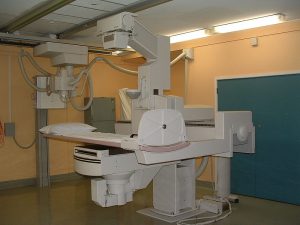The Future is Bright for X-ray Techs: Occupational Projections by the BLS

It is estimated that 9.8 million jobs will be added to the U.S. economy in the decade between 2014 and 2024. The projected increase in overall employment is 6.5 percent. Occupational projections by the BLS (U.S. Bureau of Labor Statistics) are for fastest job growth in healthcare, healthcare support, and technical occupations. If you are considering a career as a radiologic technologist, the future looks bright.




